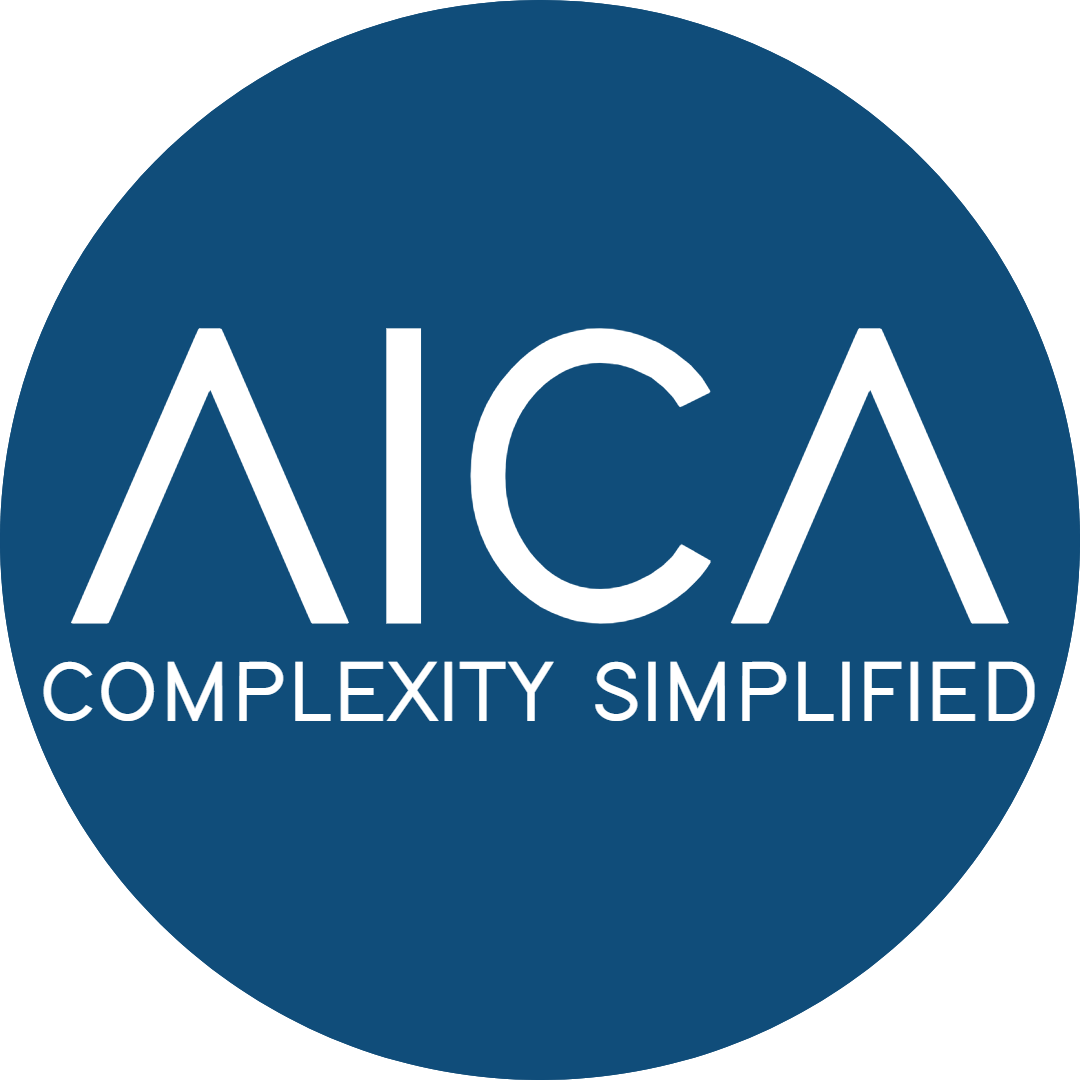In asset-intensive industries, equipment and infrastructure, from haul trucks and compressors to pumps and boilers, are the foundation of operations. Yet asset master data is often fragmented across ERP, EAM, and maintenance systems.
Inconsistent naming conventions like:
- “CAT777F haul truck”
- “777F truck CAT”
- “Caterpillar dump truck”
create duplication, errors, and blind spots. Without standardised classification, organisations face:
- Duplicate asset records across sites
- Poor visibility into total cost of ownership (TCO)
- Inefficiencies in procurement, maintenance, and lifecycle planning
By applying the United Nations Standard Products and Services Code (UNSPSC), companies can build a consistent taxonomy for all enterprise assets. This structured approach unlocks transparency, reduces costs, and strengthens ROI across operations.
Examples of Enterprise Assets That Benefit from UNSPSC Classification
Mobile Equipment
Examples: Haul trucks, excavators, forklifts, bulldozers
- Classification groups models under standard codes, making it easier to track fleet composition, usage, and maintenance spend across sites.
Fixed Plant Equipment
Examples: Crushers, conveyors, ball mills
- UNSPSC ensures similar equipment types are standardised, enabling benchmarking of performance and spare parts spend.
Rotating Machinery
Examples: Pumps, compressors, turbines, fans
- Classification reveals true spend on maintenance and spares, enabling supplier consolidation and inventory optimisation.
Electrical & Instrumentation Assets
Examples: Transformers, switchgear, control panels, sensors
- UNSPSC codes highlight duplication and support preventive maintenance strategies as well as regulatory compliance.
Support Infrastructure
Examples: HVAC systems, boilers, scaffolding, safety equipment
- Standardisation improves visibility of indirect asset costs and ensures compliance with safety and audit standards.
Benefits of UNSPSC Asset Classification
- Asset Visibility & Control – Gain clarity on what assets you own, where they are located, and their lifecycle stage.
- Reduced Duplication – Identify and eliminate duplicate records across ERP/EAM systems.
- Optimised Maintenance – Consistent classification enables predictive maintenance and accurate spares planning.
- Improved Procurement Efficiency – Consolidate suppliers and standardise parts across asset groups.
- Compliance & Risk Management – Track and manage safety-critical assets like boilers and lifting equipment with confidence.
How to Implement UNSPSC for Enterprise Assets
- Collect Asset Master Data
Gather records from ERP, EAM, and maintenance logs. Expect variation in names and inconsistent formats. - Normalise Asset Descriptions
Cleanse data by unifying entries like “CAT777F Truck” and “Dump Truck Caterpillar” into a standardised format. - Map Assets to UNSPSC Codes
Example:- Segment 23: Industrial Manufacturing and Processing Machinery
- Family 2315: Mining and Quarrying Machinery
- Class 231530: Off-road Dump Trucks
- Leverage AI Tools
Use automated platforms to classify thousands of asset records, detect duplicates, and fill missing attributes. - Enrich with Attributes
Add critical metadata—capacity, model, location, and serial numbers—to strengthen predictive analytics and lifecycle planning. - Integrate into Systems
Apply UNSPSC codes directly within ERP/EAM platforms so new assets are classified consistently at entry.
AICA: Your Go-To UNSPSC Classification Tool
AICA helps industrial organisations cleanse, enrich, and classify their asset data with our Agentic AI platform. Unlike generic AI tools, our models are specifically trained on MRO and industrial datasets, achieving over 90% accuracy while processing millions of records in weeks rather than months.
Our approach combines:
- Automation at Scale – Bulk API classification for large asset bases.
- Domain-Specific Training – Models designed for mining, oil & gas, and manufacturing.
- Confidence Scoring – Transparency on where expert QA is needed.
- Human Oversight – Data stewards validate results in critical cases.
This balance ensures asset data becomes accurate, reliable, and actionable across ERP and EAM systems—helping organisations unlock measurable ROI.
ROI in Action
- Mining
Standardising haul truck records across four mines eliminated 600 duplicate entries, reducing spare parts inventory by 15%. - Manufacturing
Classification of pumps and compressors revealed overlapping maintenance contracts, cutting costs by 10%. - Utilities
Applying UNSPSC to transformers and switchgear improved inspection scheduling, reducing downtime incidents by 8%.
Conclusion
For industrial enterprises, assets represent the foundation of performance. Yet without consistent classification, their value remains hidden in fragmented records.
By applying UNSPSC, organisations can:
- Eliminate duplicate entries
- Optimise maintenance and procurement strategies
- Strengthen compliance and safety management
- Unlock measurable ROI in as little as 12 months
Let AICA transform your messy, inconsistent asset data into a reliable foundation for operational excellence.
Visit our website to learn how UNSPSC asset classification can help you uncover hidden value across your enterprise asset base.
Copyright Reserved © AICA Data International Ltd 2025

